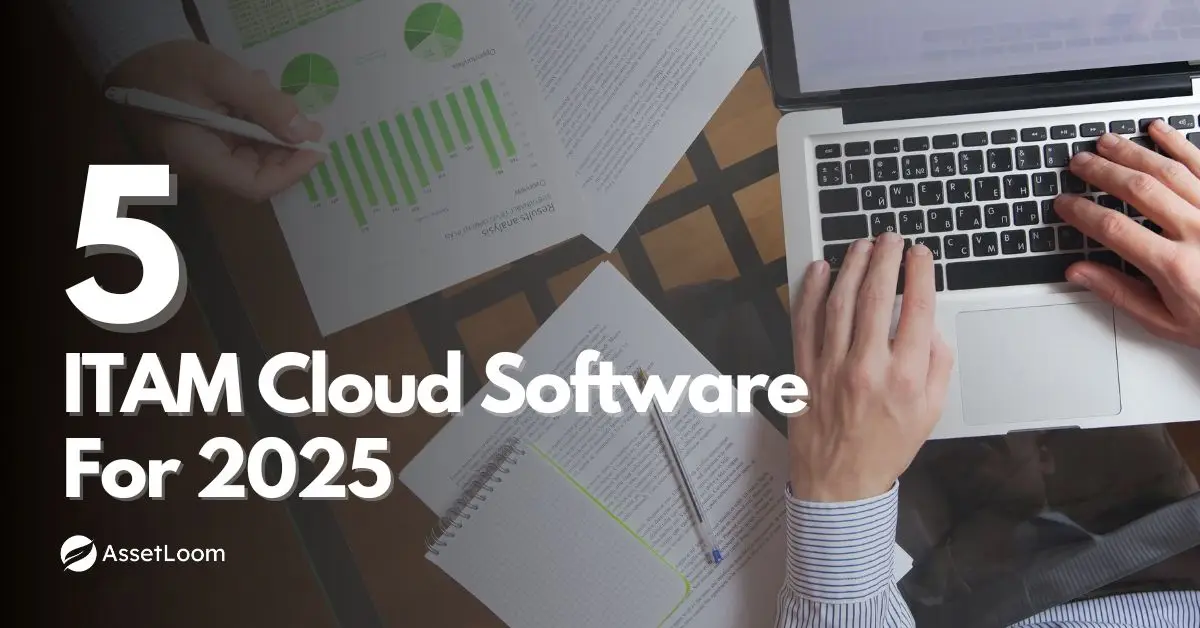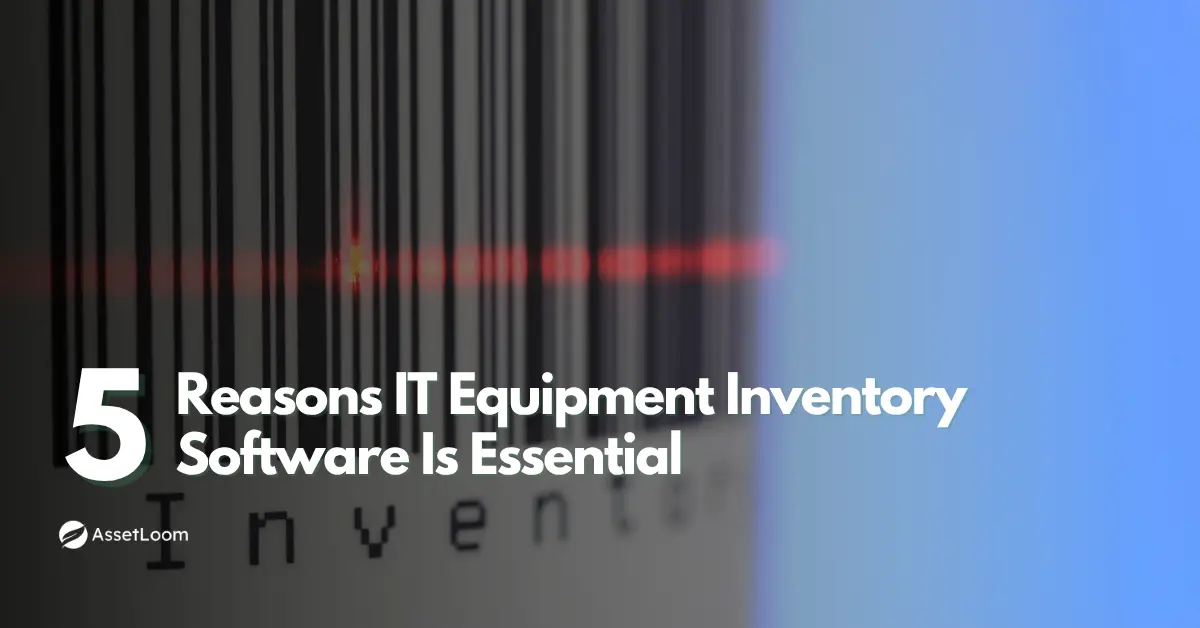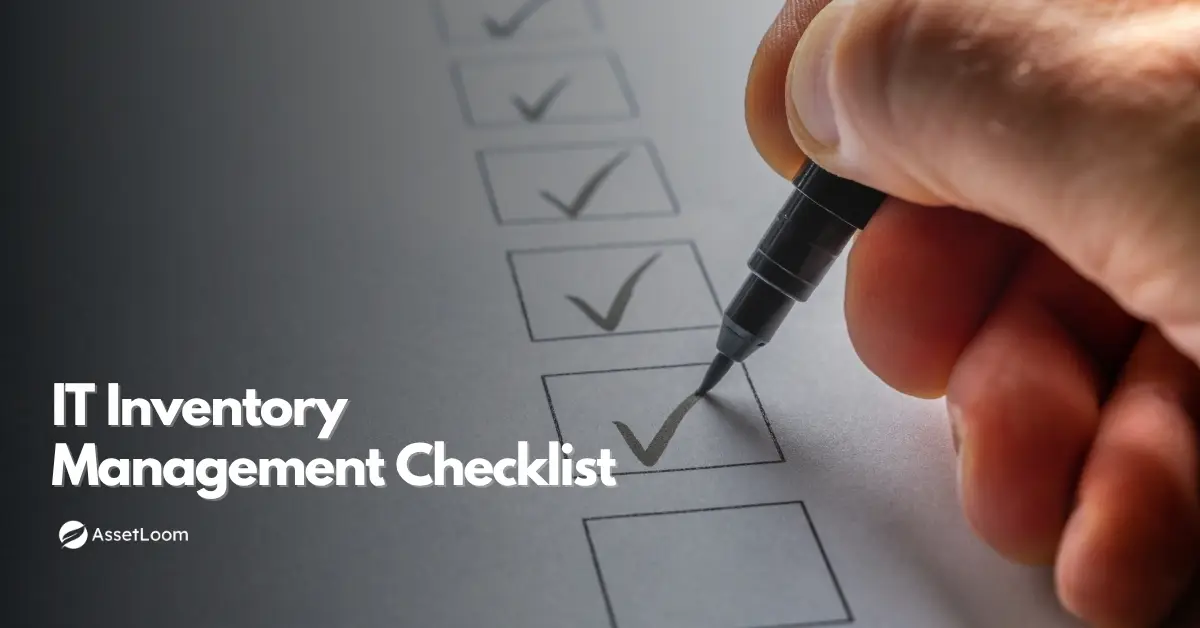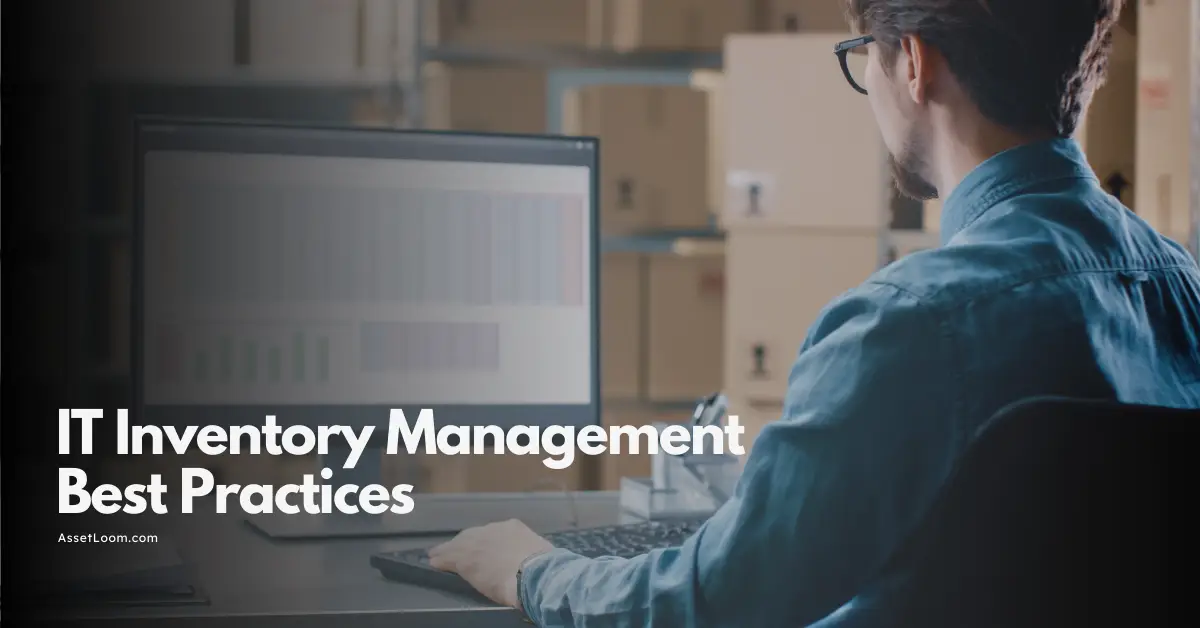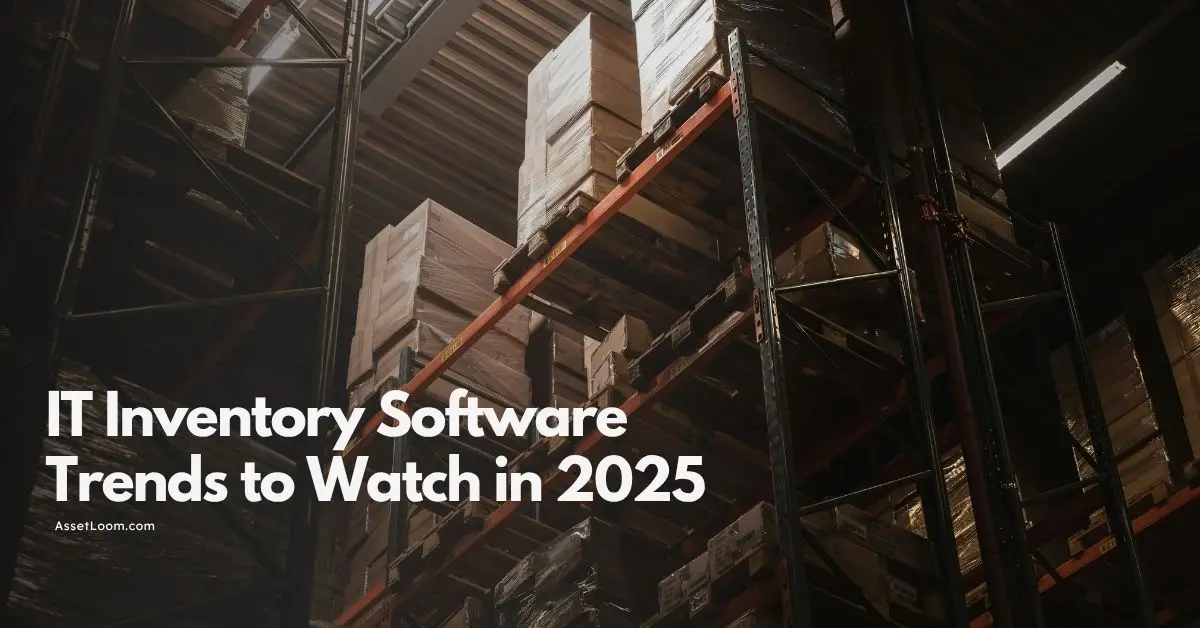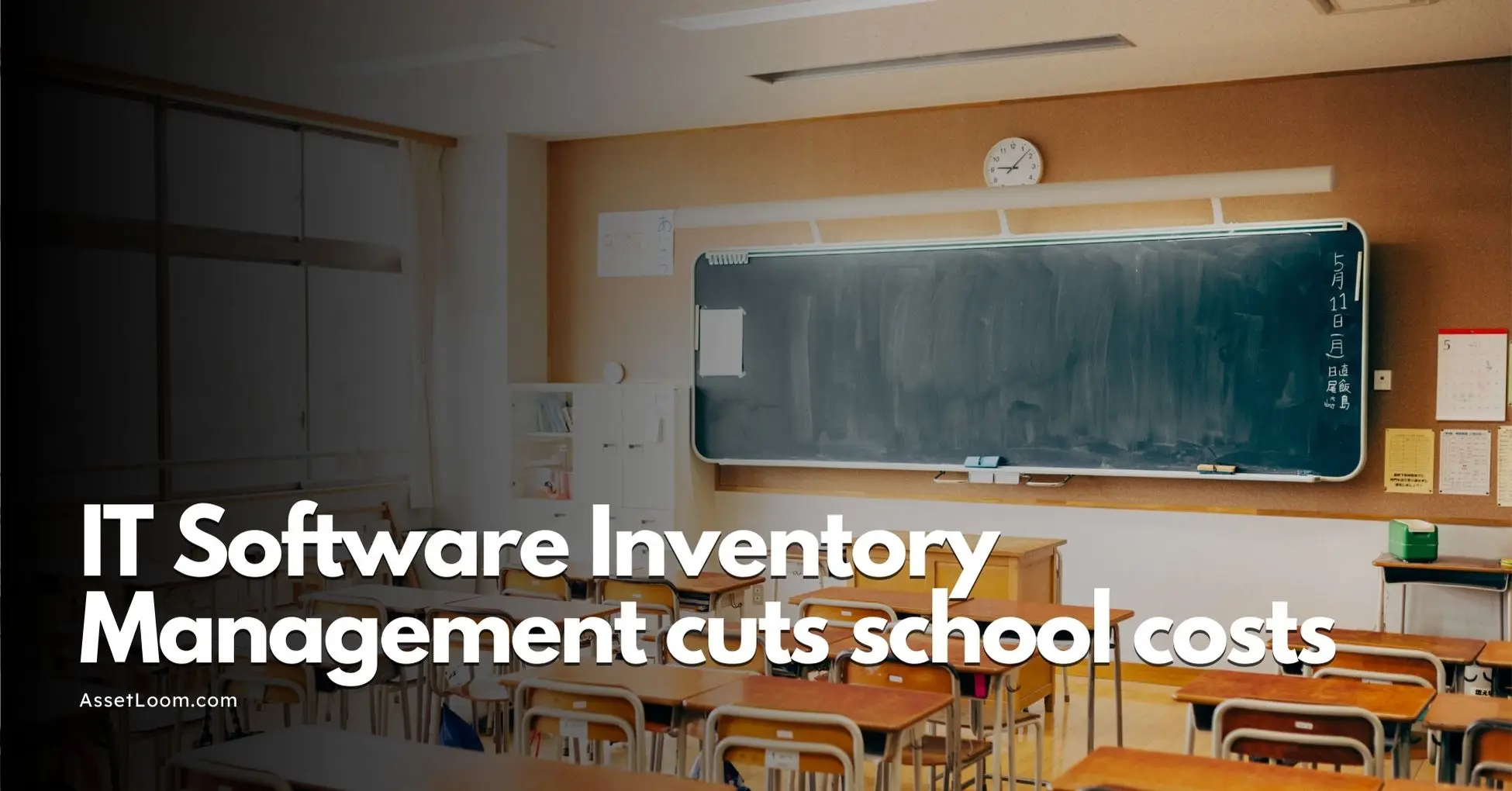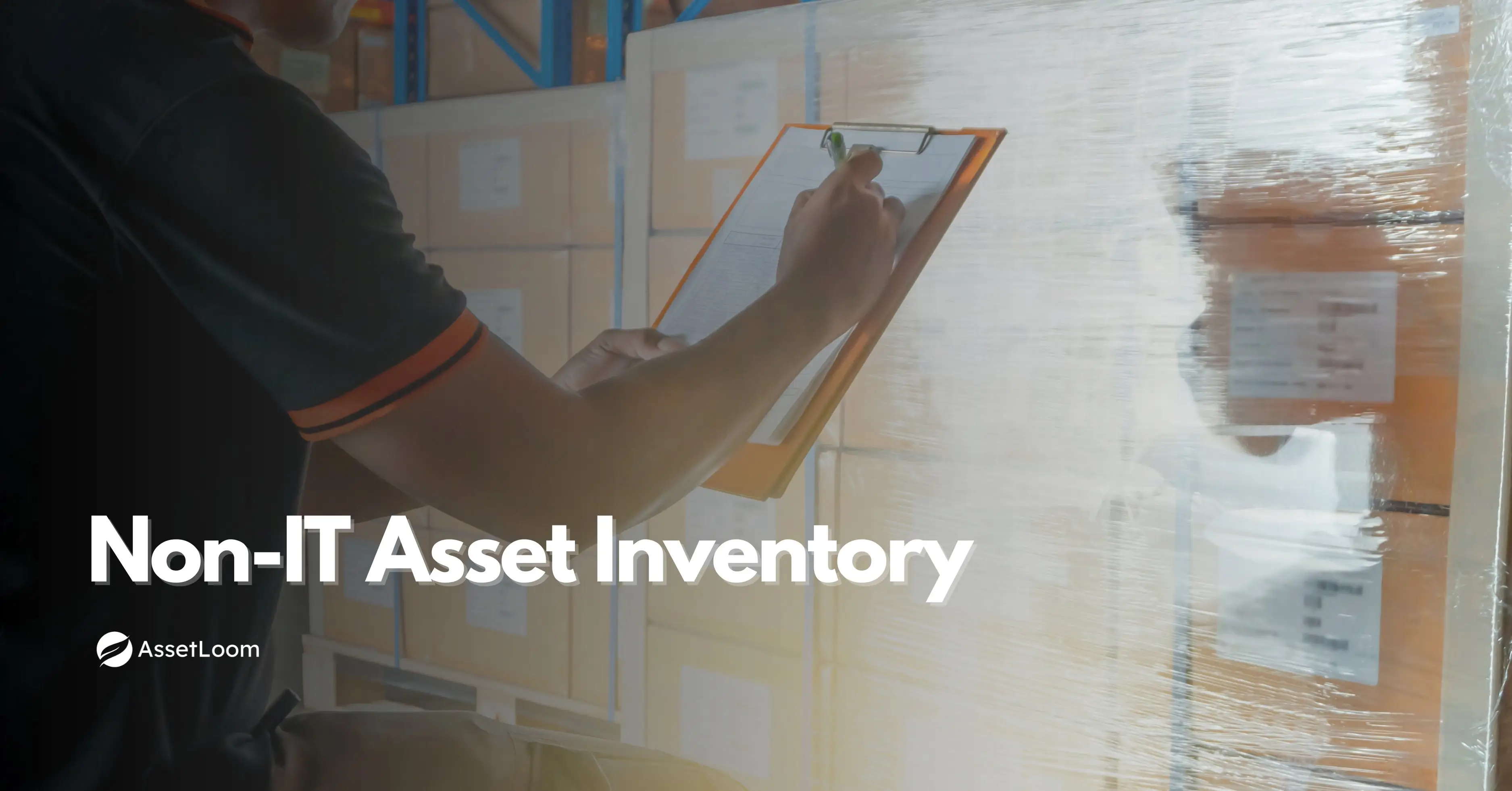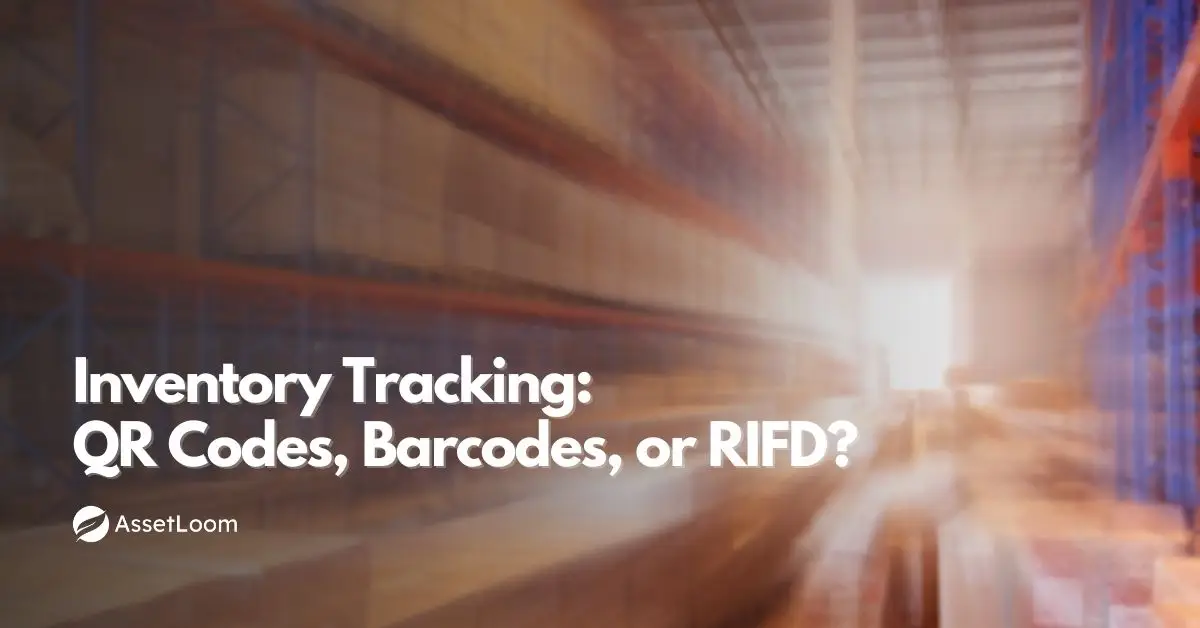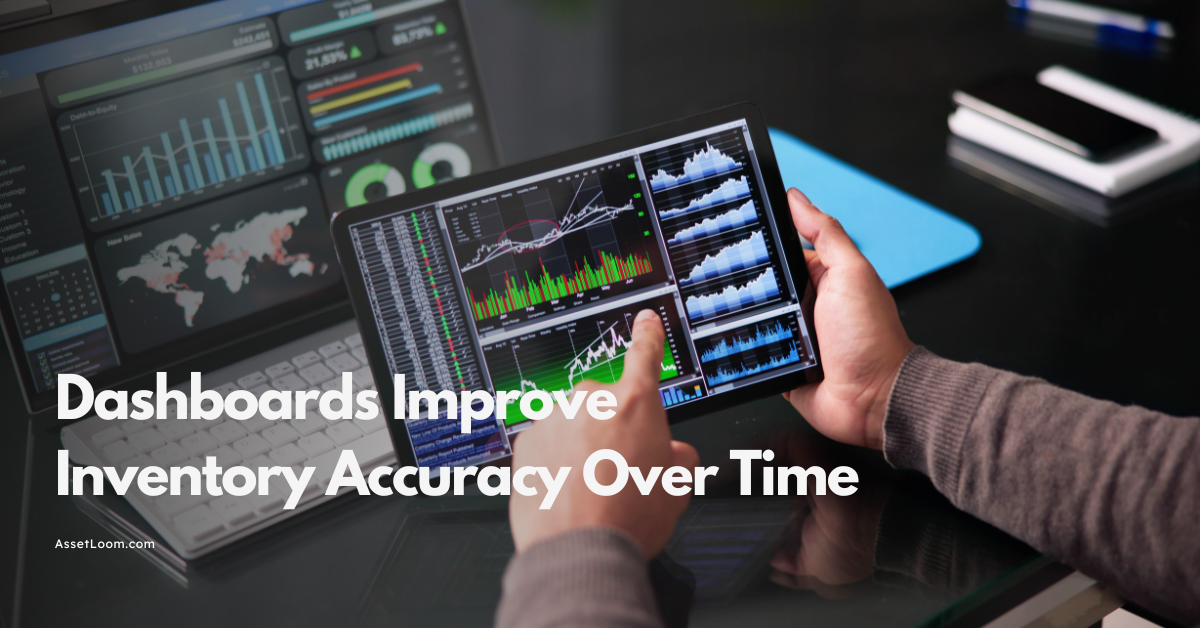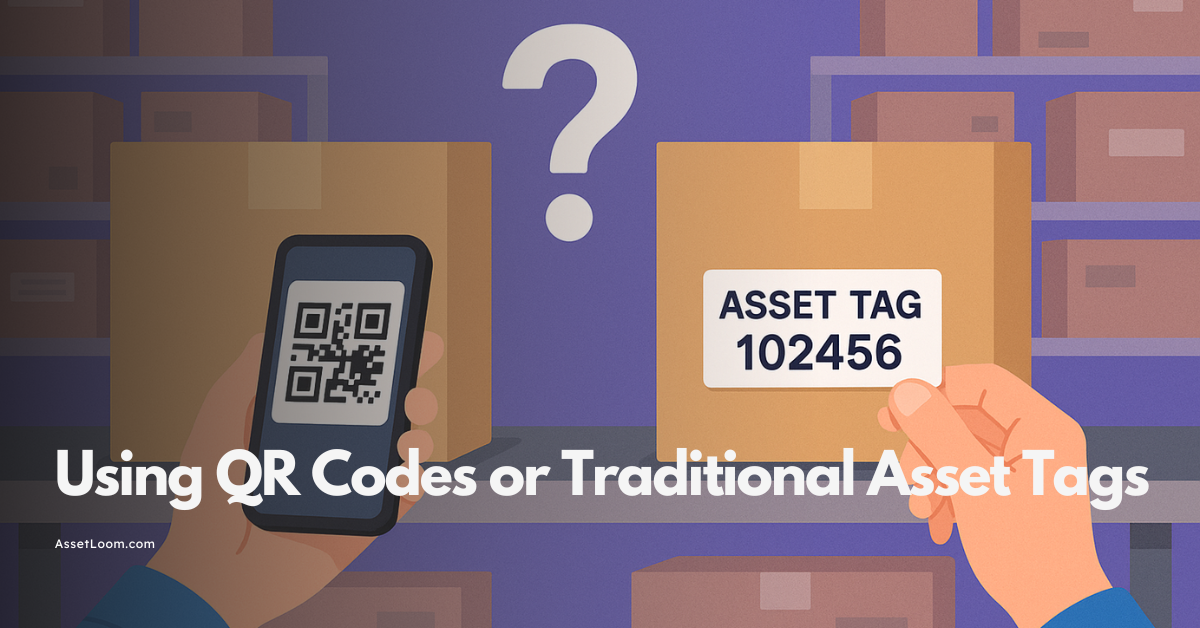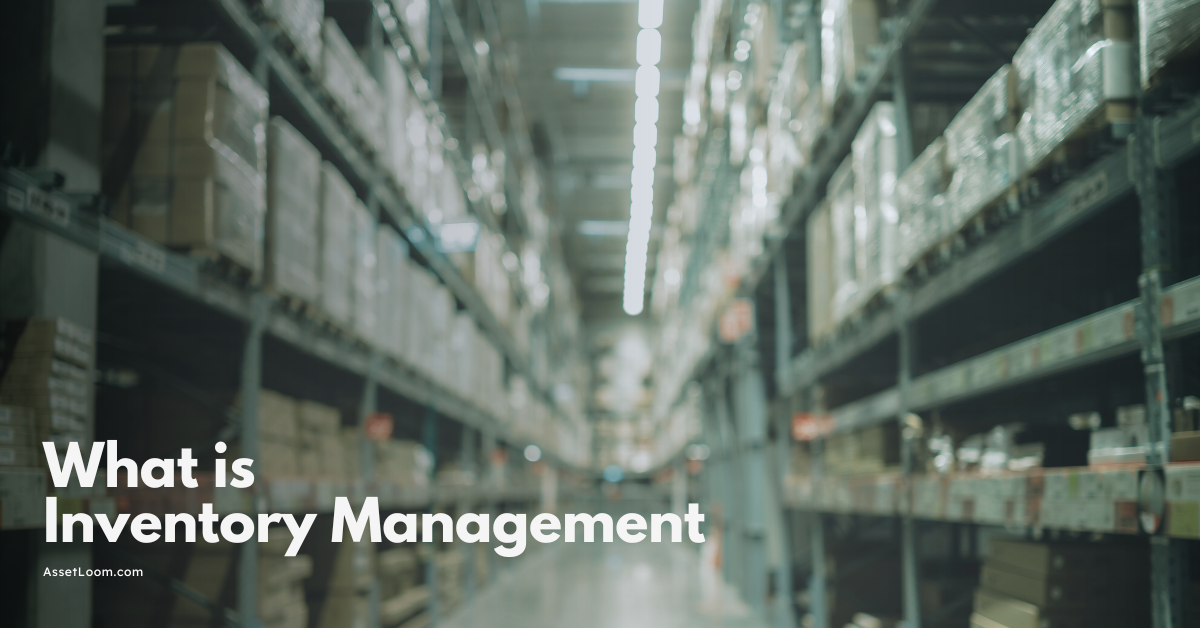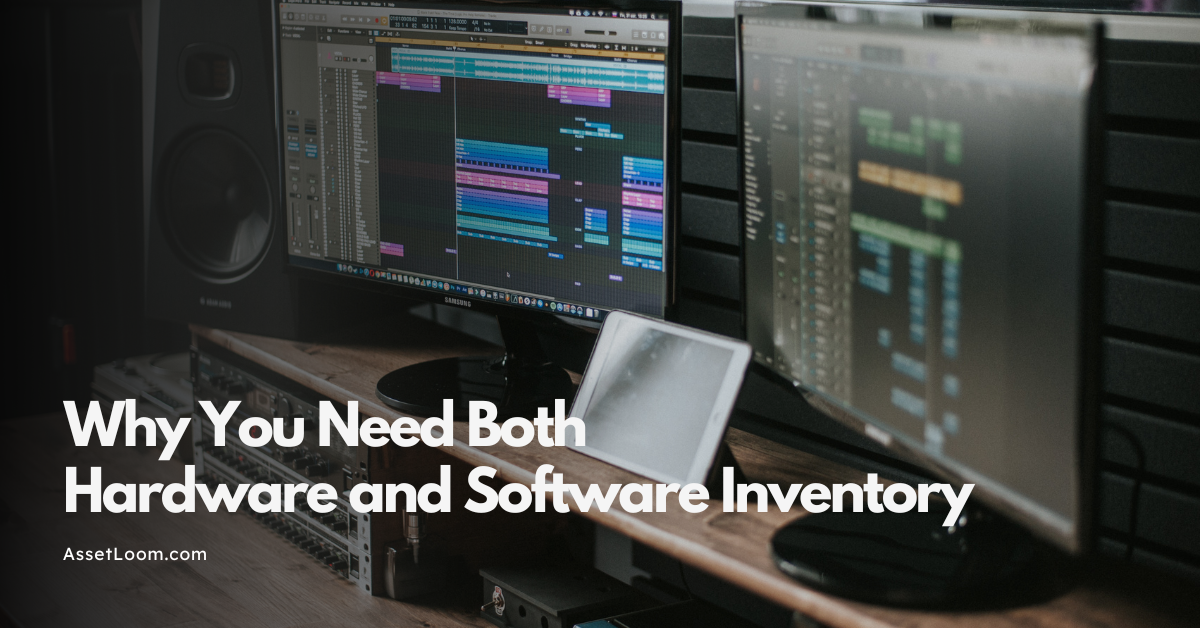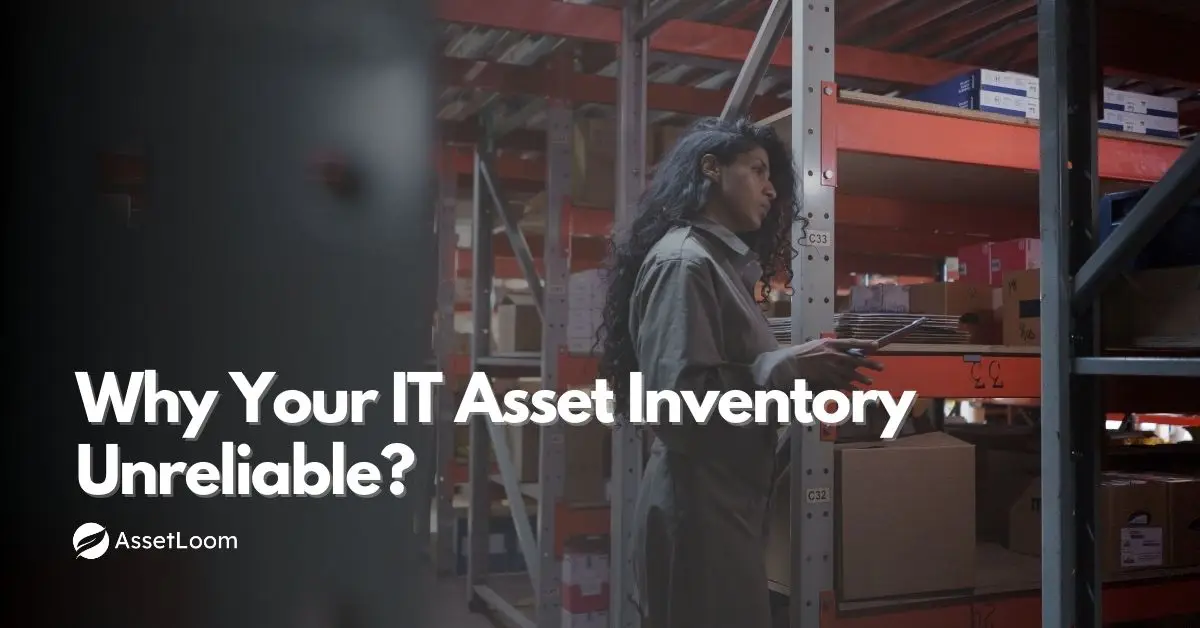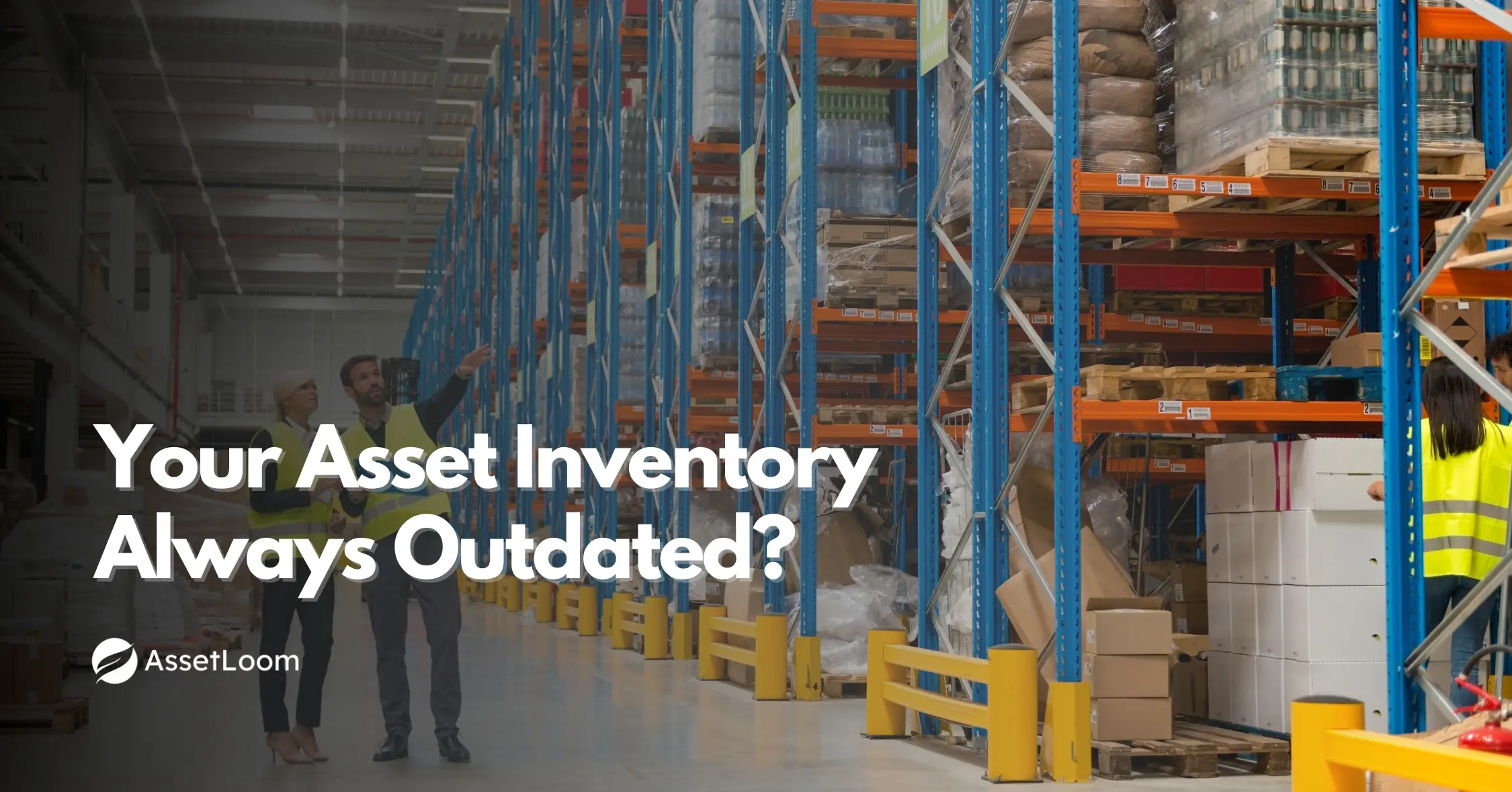The Evolution of Inventory Tracking Programs: From Spreadsheets to AI-Powered Systems
Explore the evolution of inventory tracking programs—from paper-based to AI-powered systems, going through spreadsheets, barcodes, RFID,...
IT Inventory management is the backbone of any business that deals with physical goods. Whether it’s a small retail shop or a sprawling global supply chain, knowing what’s in stock, where it is, and when it needs replenishing can make or break operational success. Over the decades, inventory tracking has undergone a dramatic transformation, evolving from rudimentary manual methods to sophisticated, technology-driven solutions. Today, inventory tracking programs leverage real-time data, barcodes, RFID, and artificial intelligence (AI) to deliver the precision and efficiency that was once unimaginable. Let’s explore this journey, highlighting key milestones and the forces propelling this shift forward.
The Early Days: Manual Methods and Paper-Based Tracking
Before the digital age, inventory tracking was a labor-intensive process rooted in pen, paper, and human diligence. Businesses relied on handwritten ledgers to record stock levels, purchases, and sales. While effective for small operations with limited inventory, this method was prone to errors—miscalculations, illegible handwriting, and lost records were common pitfalls. Reconciling stock required physically counting items, often leading to disruptions as employees paused operations to tally goods.
The introduction of typewriters and calculators in the mid-20th century offered slight improvements, but the core challenge remained: manual inventory tracking couldn’t scale with growing businesses or complex supply chains. It was clear that a more systematic approach was needed, setting the stage for the first significant leap in inventory tracking programs.
The Spreadsheet Revolution: A Digital Dawn
The advent of personal computers in the 1980s brought a game-changer: spreadsheets. Software like VisiCalc and, later, Microsoft Excel gave businesses a digital tool to organize inventory data. Suddenly, stock levels could be tracked in columns and rows, with basic formulas automating calculations that once took hours. Spreadsheets marked the first wave of inventory tracking programs, offering flexibility and accessibility to companies of all sizes.
For small businesses, spreadsheets were a revelation. A retailer could log product names, quantities, and prices in a single file, updating it as goods moved in and out. Larger firms began using macros and templates to handle more complex datasets. By the 1990s, spreadsheets had become ubiquitous, with many companies still relying on them well into the 2000s.
However, spreadsheets weren’t a perfect solution. They required manual data entry, leaving room for human error. Version control issues plagued teams—multiple employees updating the same file could lead to discrepancies. Most critically, spreadsheets lacked real-time capabilities, making them ill-suited for fast-paced environments or businesses with multiple locations. As commerce grew more global and competitive, the limitations of these early inventory tracking programs became glaringly apparent.
Barcodes, QR codes, and Software
The next milestone came with the integration of barcodes or QR codes and dedicated inventory tracking software in the late 20th century. Barcodes, first patented in the 1950s but widely adopted in the 1970s and 1980s, allowed items to be scanned and logged instantly. Paired with software like QuickBooks and early iterations of Sage, barcodes transformed inventory tracking programs into automated systems.
Retailers like Walmart pioneered this shift, using barcode scanners to update stock levels in real time at checkout. Warehouses adopted handheld devices to track goods as they moved through the supply chain. These inventory tracking programs reduced errors, sped up processes, and provided a clearer picture of stock movement. By the early 2000s, barcode-based systems were standard in industries ranging from manufacturing to healthcare.
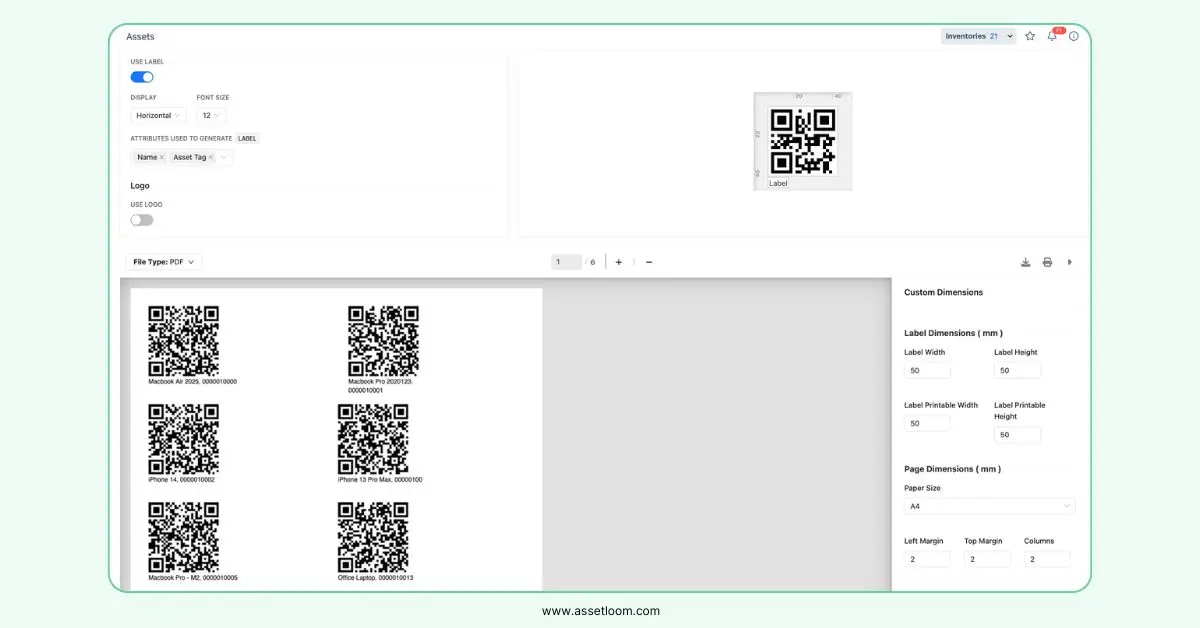
QR codes in AssetLoom
Yet, even this leap had its constraints. Barcodes required line-of-sight scanning, meaning each item had to be handled individually. For businesses with high-volume or sprawling inventories, this was still time-consuming. The need for faster, more scalable solutions drove the next innovation: radio-frequency identification (RFID).
RFID and the Push for Scalability
RFID technology, which uses radio waves to identify tagged items, emerged as a powerful upgrade to barcode systems in the 2000s. Unlike barcodes, RFID tags didn’t need direct scanning—readers could detect multiple tags simultaneously within a range, making it ideal for large warehouses or retail floors. Inventory tracking programs like Fishbowl and inFlow integrated RFID to offer unprecedented visibility into stock levels.
For example, a clothing retailer could use RFID to monitor hundreds of items on a sales floor without manually scanning each one. In logistics, RFID enabled tracking of pallets and containers as they moved through shipping hubs. This scalability made RFID-based inventory tracking programs a cornerstone of modern supply chains, particularly for giants like Amazon and FedEx.
The driving force behind this shift was the demand for speed and accuracy in an increasingly interconnected world. E-commerce boomed in the 2010s, and customers expected rapid delivery and real-time stock updates. RFID helped meet those expectations, but it also raised the bar—businesses now needed systems that didn’t just track inventory but optimized it. Enter artificial intelligence.
AI-Powered Systems: The Future of Inventory Tracking Programs
Today, the cutting edge of inventory tracking programs lies in artificial intelligence. AI takes the data collected by barcodes, RFID, and other tools and turns it into actionable insights. Modern platforms like Oracle NetSuite, Zoho Inventory, and AssetLoom use machine learning to predict demand, optimize reorder points, and flag anomalies like overstocking or theft.
Consider a scenario: an AI-powered inventory tracking program analyzes years of sales data, weather patterns, and upcoming holidays to forecast how many units of a product a retailer will need next month. It then syncs with suppliers to automate reordering, all without human intervention. This predictive power minimizes waste and maximizes efficiency, a far cry from the guesswork of the ledger era.
Real-time data is another hallmark of AI-driven inventory tracking programs. Cloud-based systems allow managers to monitor stock across multiple locations from a single dashboard, updated instantly as goods are sold or shipped. For instance, a global manufacturer can see inventory levels in its Shanghai warehouse and its Ohio distribution center simultaneously, adjusting production on the fly. AI also enhances accuracy by cross-referencing data points—say, spotting a mismatch between RFID scans and sales records that might indicate shrinkage.
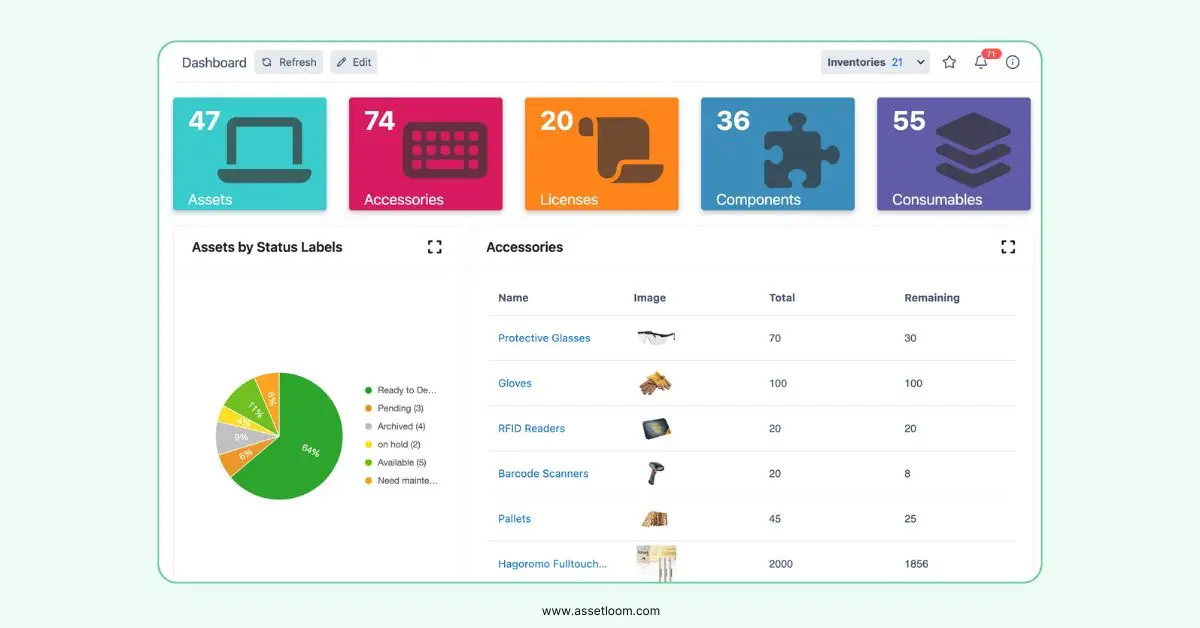
AssetLoom's dashboard provides an overview into stock levels.
What’s driving this shift? The relentless pace of digital transformation and consumer expectations are key factors. Businesses can’t afford stockouts in an age of same-day shipping, nor can they tie up capital in excess inventory. AI-powered inventory tracking programs address these pressures by making inventory management proactive rather than reactive.
Key Milestones and Ongoing Trends
Looking back, the evolution of inventory tracking programs reflects a series of technological leaps:
- Ledgers to Spreadsheets: The move from paper to digital in the 1980s.
- Barcodes: Automation and accuracy in the 1990s.
- RFID: Scalability in the 2000s.
- AI and Real-Time Data: Predictive, interconnected systems in the 2010s and beyond.
![]()
Today, emerging trends like the Internet of Things (IoT) and blockchain are poised to push inventory tracking programs further. IoT connects sensors on shelves or in trucks to inventory software, while blockchain offers tamper-proof records for supply chain transparency. These innovations promise even greater precision and trust in inventory data.
Conclusion: Why It Matters
The journey from manual tallies to AI-powered inventory tracking programs is more than a tech story—it’s a testament to how businesses adapt to complexity and competition. For small startups, modern inventory tracking programs level the playing field, offering tools once reserved for corporate giants. For large enterprises, they unlock efficiencies that drive profitability in razor-thin margins.
As of 2025, the evolution shows no signs of slowing. Whether you’re a retailer eyeing Zoho Inventory, a manufacturer exploring Katana, or a logistics firm leveraging RFID and AI, the message is clear: embracing advanced inventory tracking programs isn’t just an option—it’s a necessity. The days of guessing stock levels are long gone, replaced by systems that anticipate, adapt, and deliver. In this fast-moving world, that’s the edge every business needs.

Subscribe for Expert Tips and Updates
Receive the latest news from AssetLoom. right in your inbox
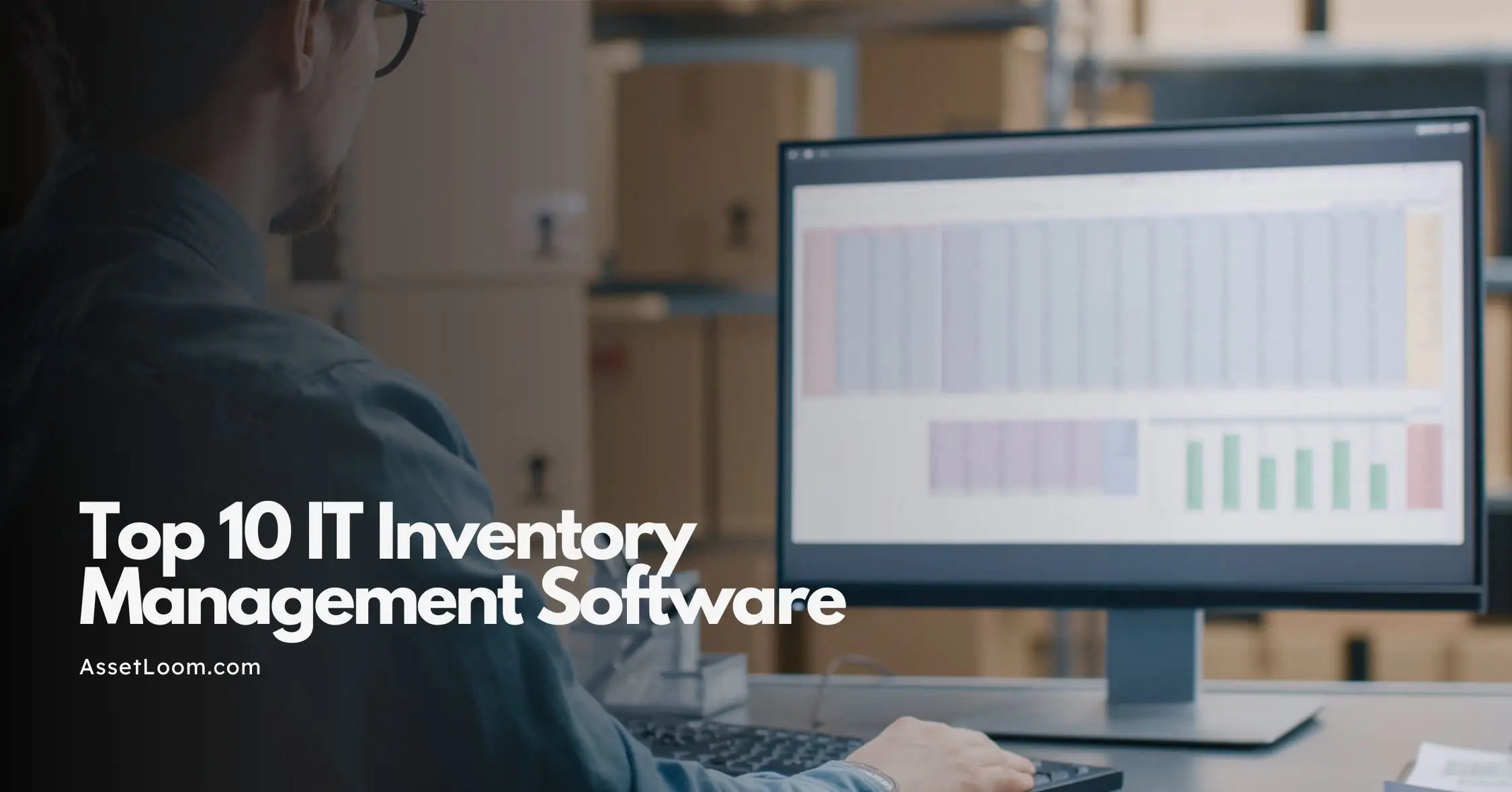




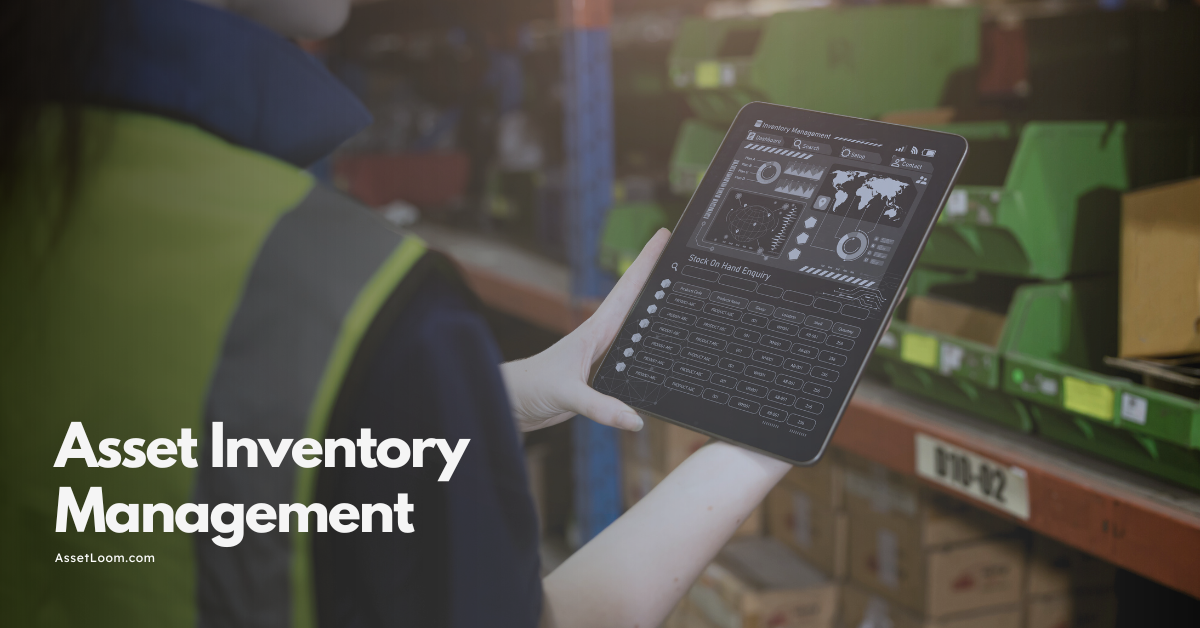







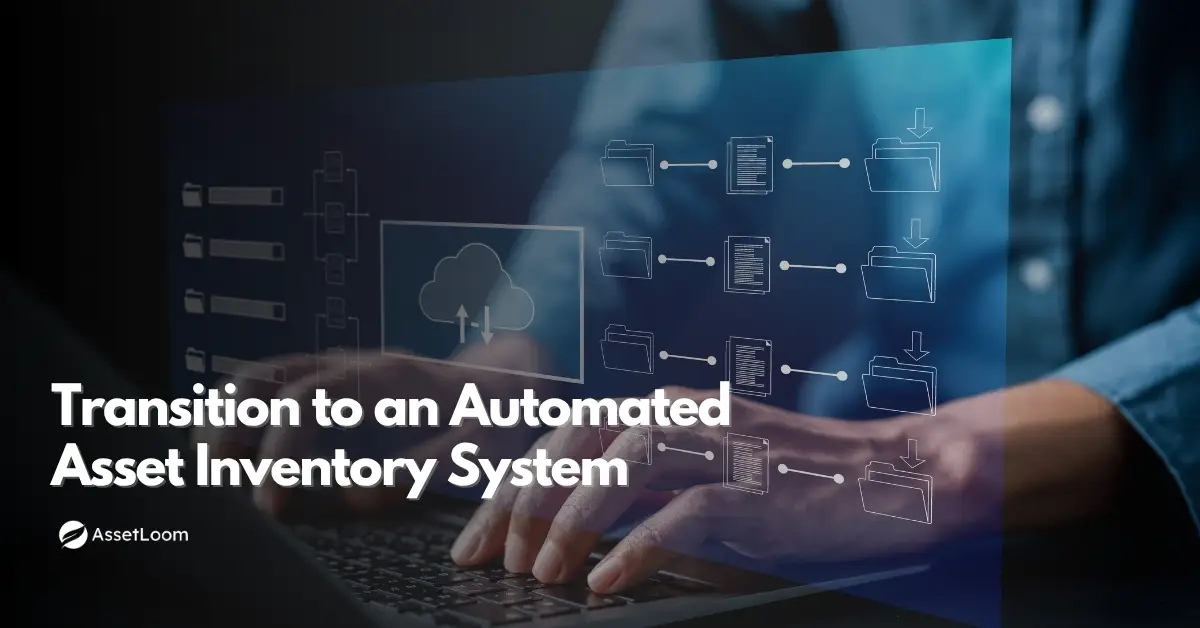
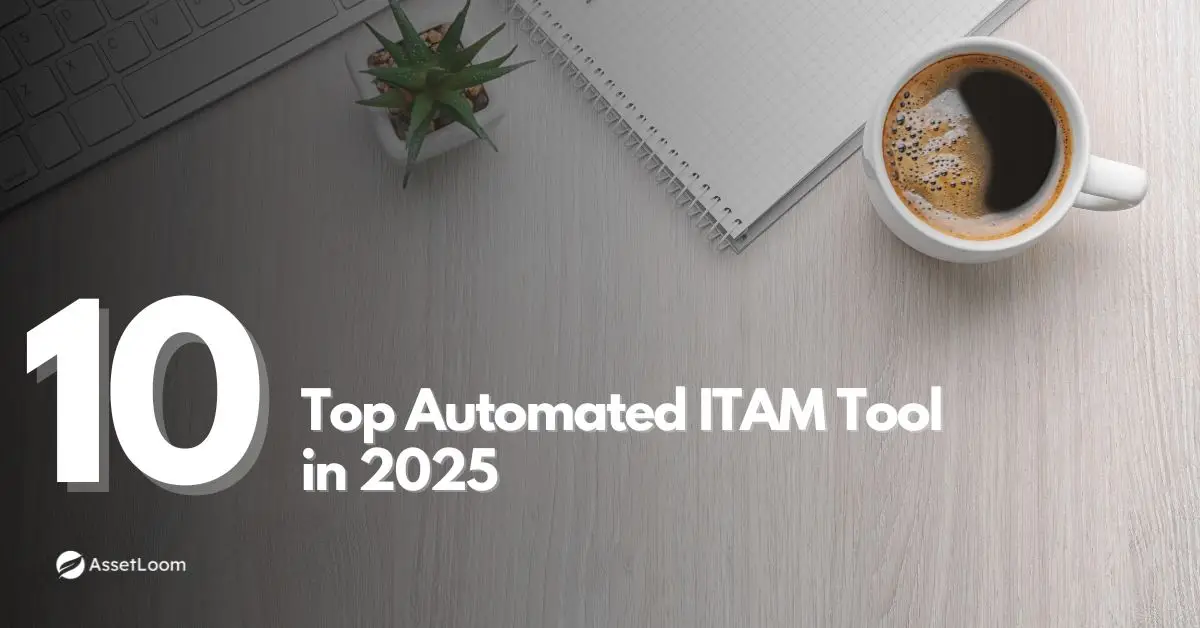
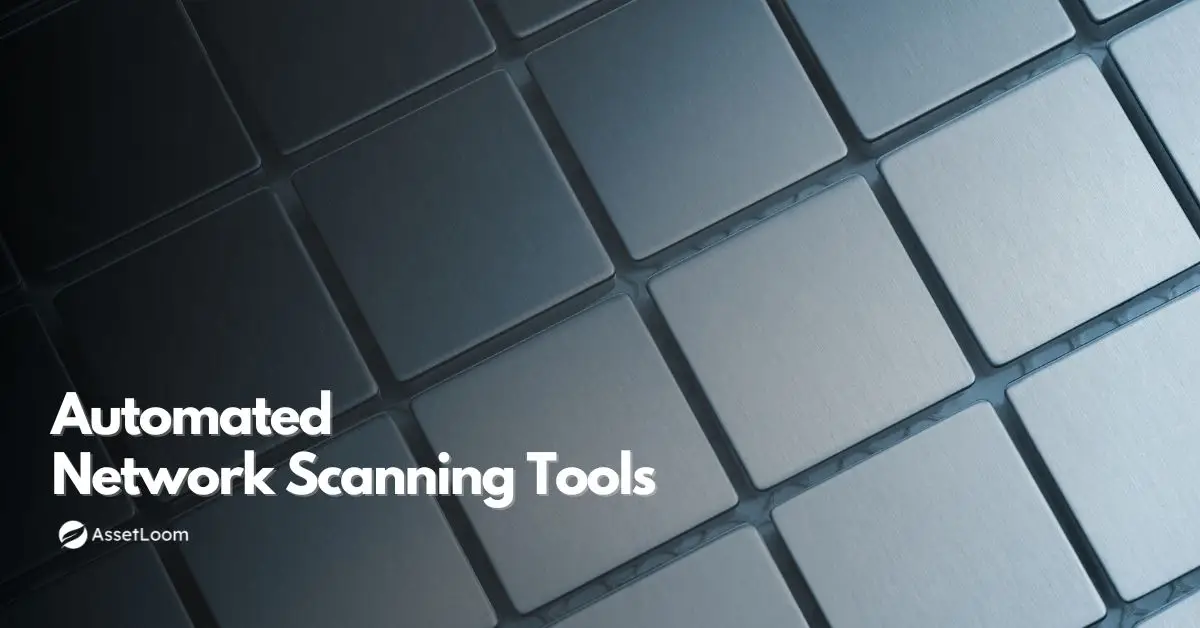
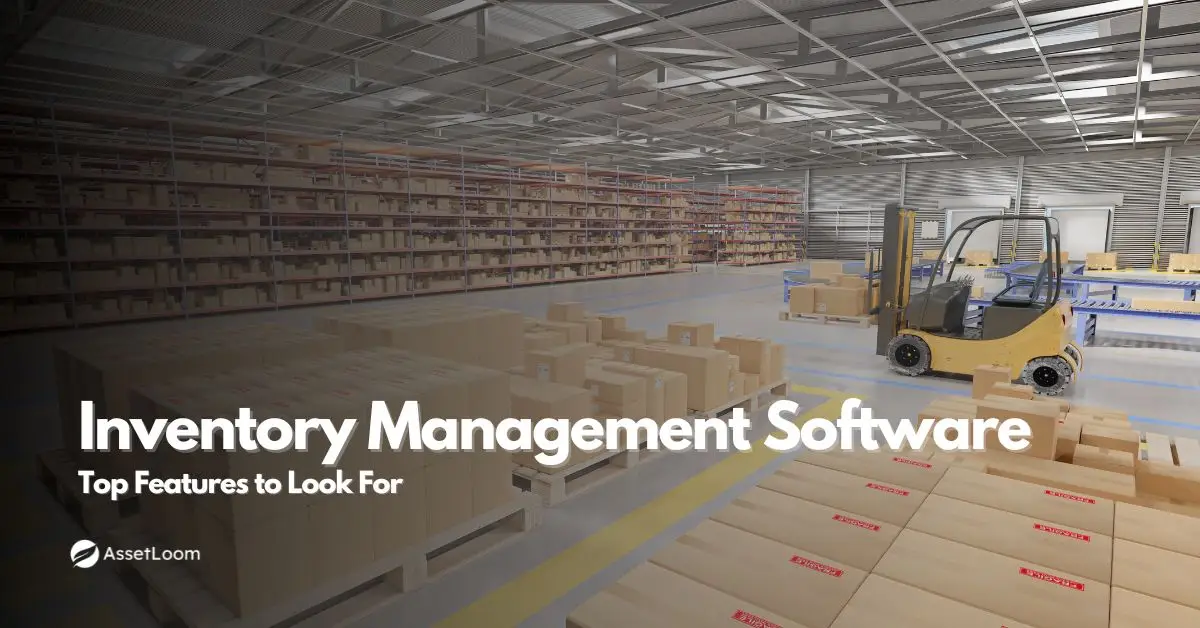



![Top 10 Cloud Asset Management Software for Modern Businesses [2025 Updated]](https://assetloom.com/marketing/blog/cloud-asset-management-software.png)











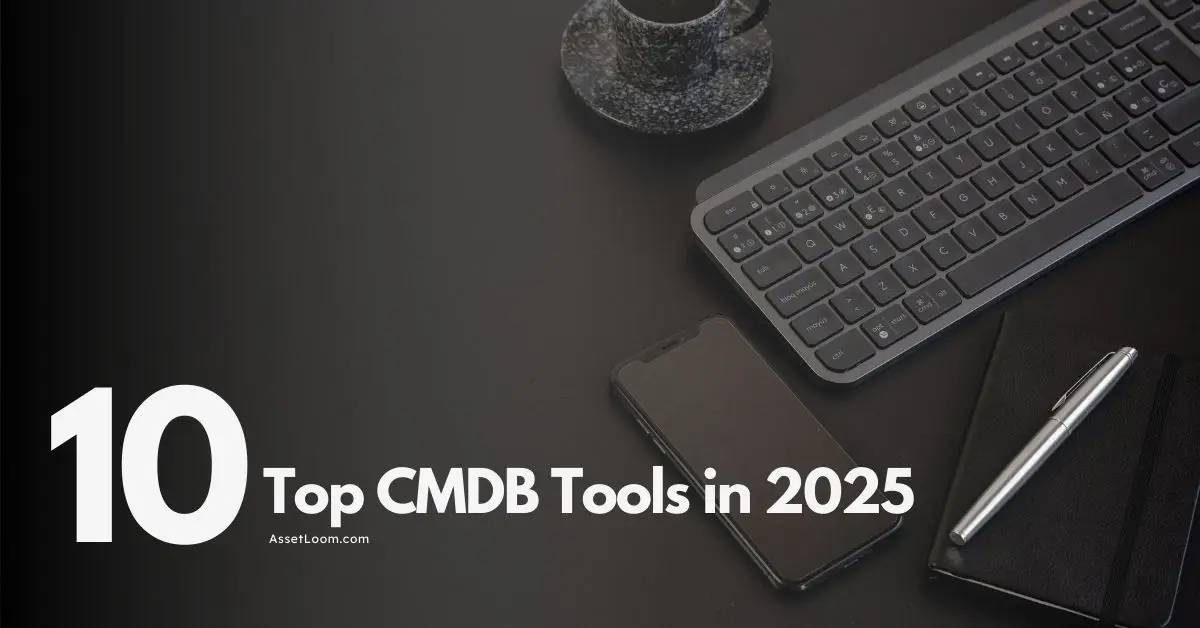
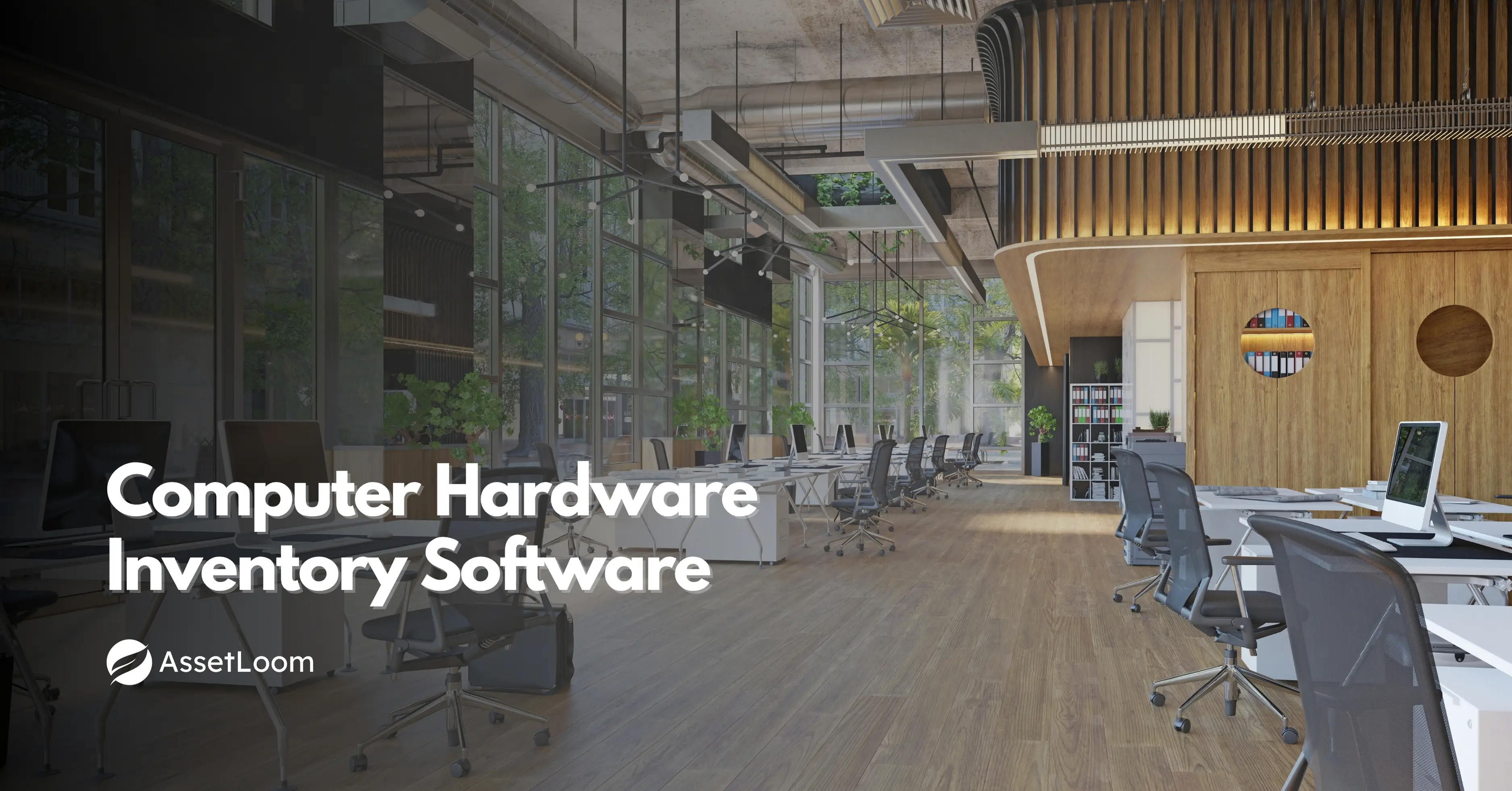







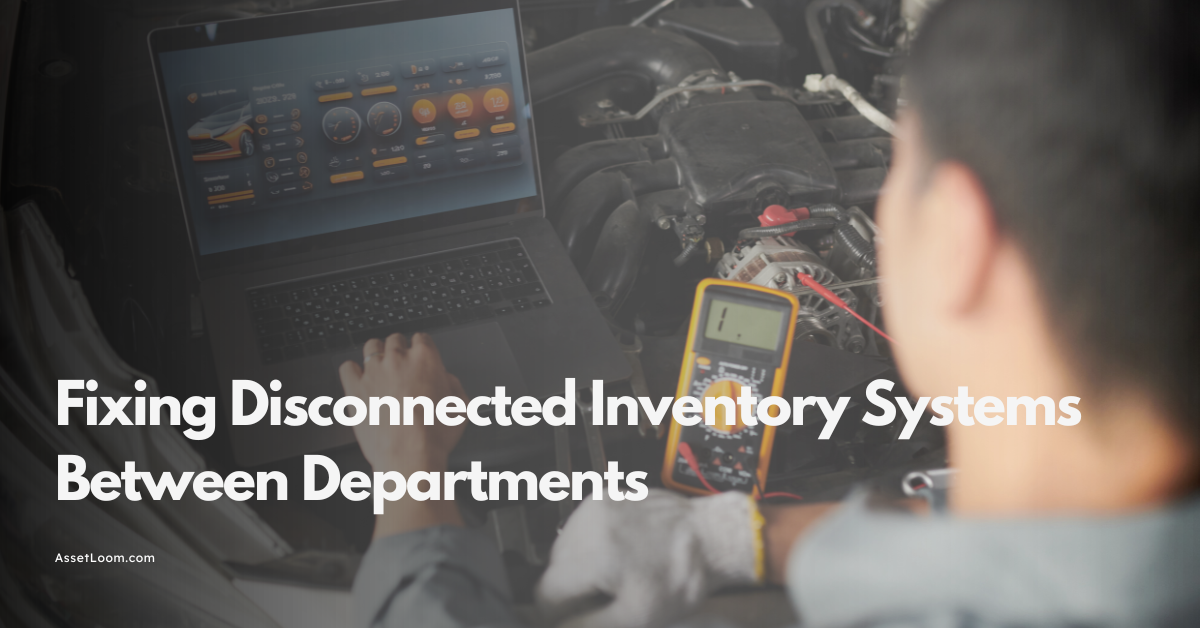
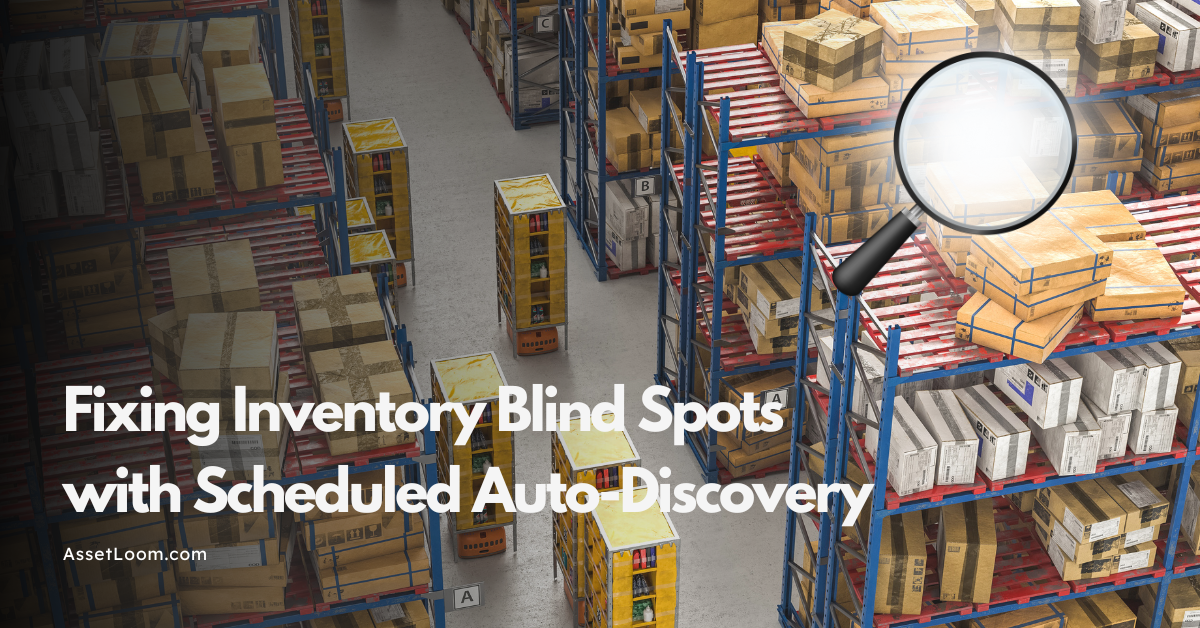


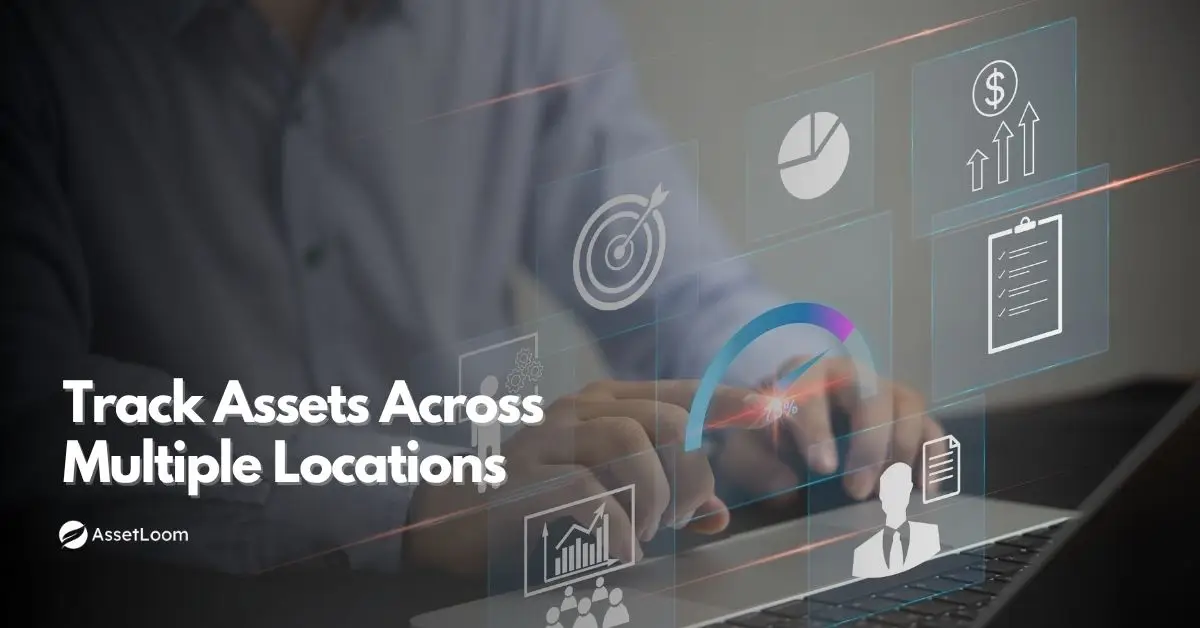



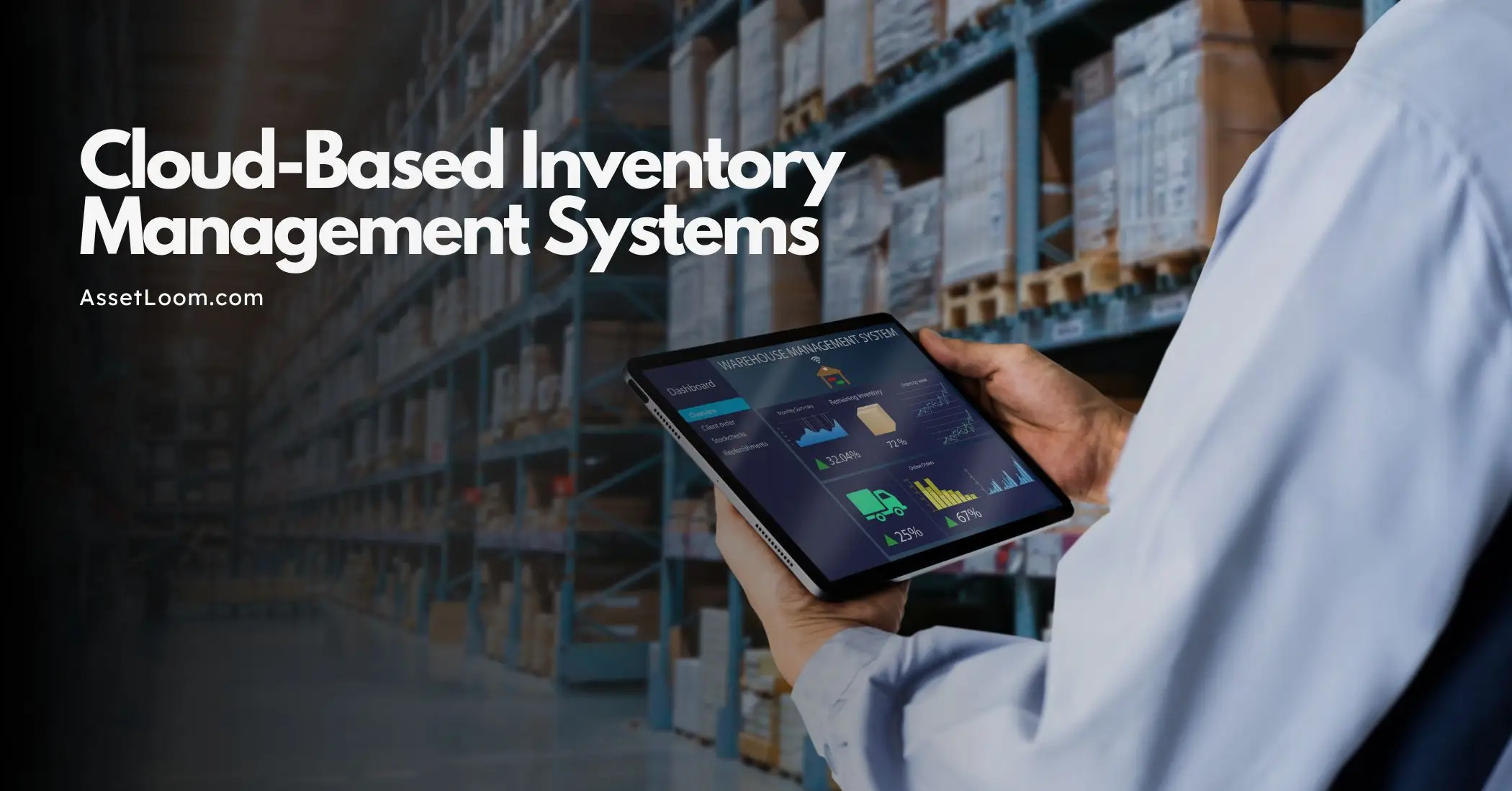





![IT Asset Lifecycle Management Policy Template [Free Download]](https://assetloom.com/marketing/blog/it-asset-lifecycle-management-policy-template.webp)

